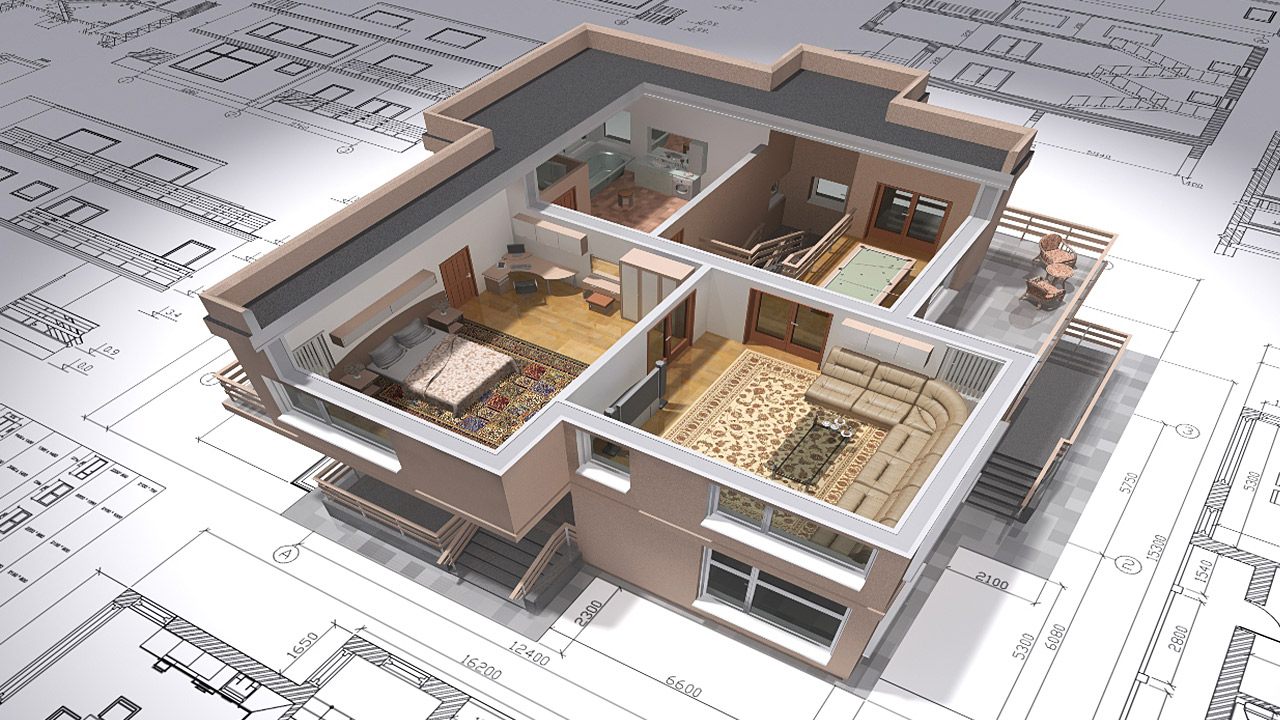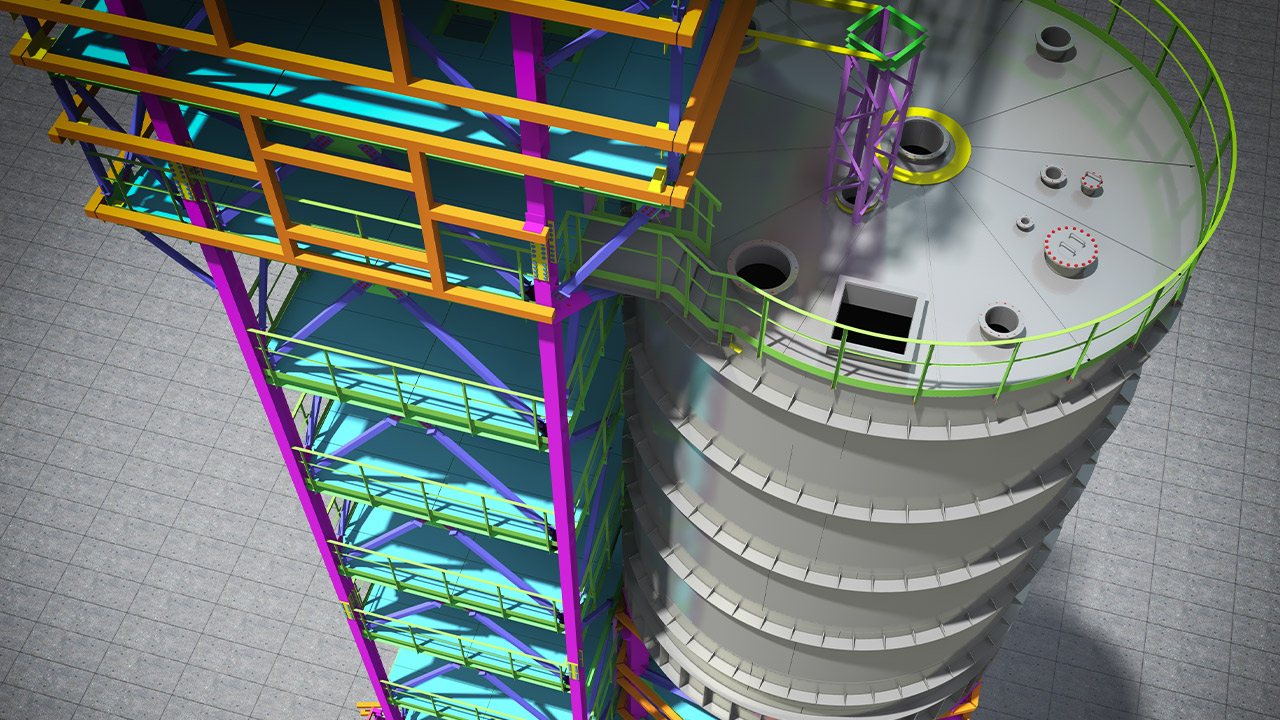Building Information Modeling (BIM) is becoming more popular within the Architecture, Engineering, and Construction (AEC) industry due to its level of efficiency, ability to integrate sustainability measures within the project, and Return on Investment. That is why new advancements continue to shape BIM technology, as it becomes the future standard for AEC everywhere.
At the Digital School, you’ll become well versed in BIM Technology through our BIM Technician Certificate. You’ll learn how to apply this technology to improve the efficiency and cost of different projects. Read on to learn about the new trends that are in store for BIM technology in the new year.
3D Printing Brings Physical Form to BIM Processes
3D printing technology isn’t anything new but, when integrated with BIM technology and processes, it allows all stakeholders involved in the construction project to have quick access to 3D prototypes. The advancement in 3D technology is becoming a fundamental feature of BIM processes by bringing the digital designs of BIM to life. This allows various teams within the project to collaborate on all aspects of the design by viewing and analyzing them in the physical form. After graduating from the Digital School, you’ll get to experience this new 3D printing and BIM collaboration throughout your BIM technician career. You’ll gain a better understanding of the functionality, dynamics, and efficiency of the designs being envisioned through the look and feel of their structural form.
Cloud Software Brings Simplicity to Your BIM Training
Aspiring BIM technicians will get to support architects, engineers, project managers, and technologists throughout their careers. With cloud software making its way into the AEC and BIM industry, they will have the ability to collaborate with different teams in real-time through the use of cloud mobile applications. BIM data becomes easily accessible through cloud mobile applications, which allow all stakeholders involved to access the project designs from anywhere and at any time. This allows for constructive collaboration and quick reporting on any BIM developments, reducing the cost, time, and effort involved in project communication. After completing your BIM Technician program, the skills you learn will prepare you to collaborate with industry professionals around you through this new form of cloud technology.

In your BIM technician career, you’ll get to work with 3D printing and cloud technology
Governments Step in to Play a Role in BIM
Several governments around the world are finding ways to implement BIM into their infrastructure. As the move towards sustainability continues to take hold of various industries, the use of BIM has been viewed as an essential component of sustainable design implementation. In the US, for instance, the federal government is acting as a regulator of BIM technology and supports the AEC industry through its own research institutions. In the UK and Singapore, governments are taking a more direct approach to BIM; they encourage the building sector to increase their use of BIM and then act as regulators, researchers, and educators in the implementation of BIM processes throughout their infrastructure planning.
After taking BIM courses at the Digital School, you will be able to participate in the trends that are shaping BIM in the new year. You will have the opportunity to work and connect with various stakeholders, including governments, as you help shape the future of architectural design.
Join the Community, Design a Brighter Future. Meet with Admissions.



